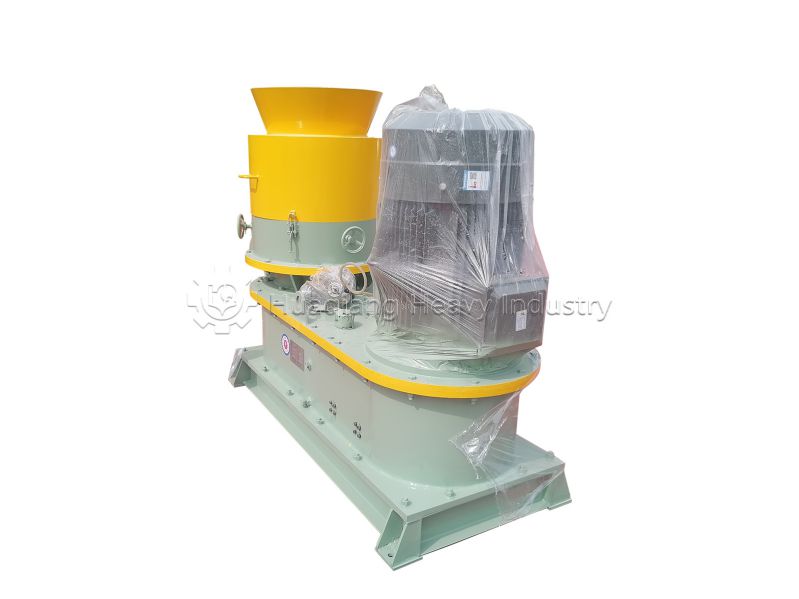The impact of material moisture on the granulation process in flat die granulators
In pellet production, the moisture content of the material is a crucial factor affecting the quality of pellets made by flat die granulators. The right amount of moisture improves the material’s stickiness, resulting in denser, better-formed pellets and higher yield. However, moisture that’s too high or too low leads to difficulties like poor granulation, loose pellets, or mold clogging.
1.Moisture Too Low
When material is too dry, its stickiness decreases, making pellets hard to form. They tend to crumble into powder, lowering the yield. Also, poor material flow can cause uneven feeding, reducing production efficiency.
2.Moisture Too High
Excessive moisture makes the material too sticky. It can cling to the mold walls, causing blockages, increasing the flat die granulator’s load, and potentially damaging the mold. Also, overly wet pellets can deform or crack during drying, harming product quality.
3.Optimal Moisture Control Range
The ideal moisture level varies depending on the material, usually between 10%-20% (adjust based on specific material properties). For example:
Biomass pellets (sawdust, straw): 12%-18%
Feed pellets: 14%-16%
Organic fertilizer pellets: 20%-25%
Properly controlling material moisture is key to ensuring flat die granulators run efficiently. Scientifically adjusting moisture levels can significantly boost pellet formation rates, lower energy use, and extend equipment life.

